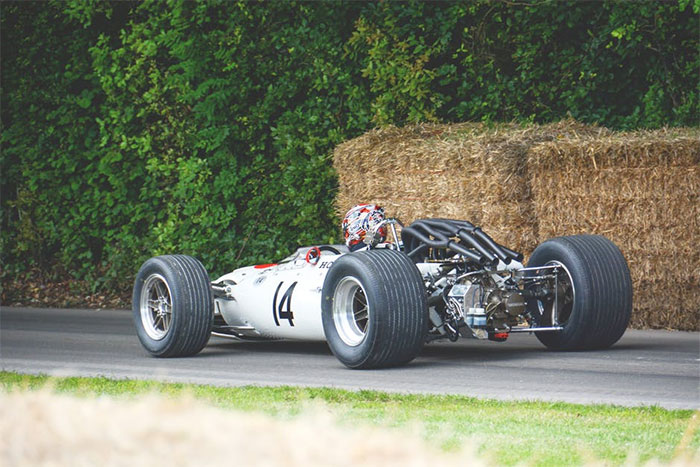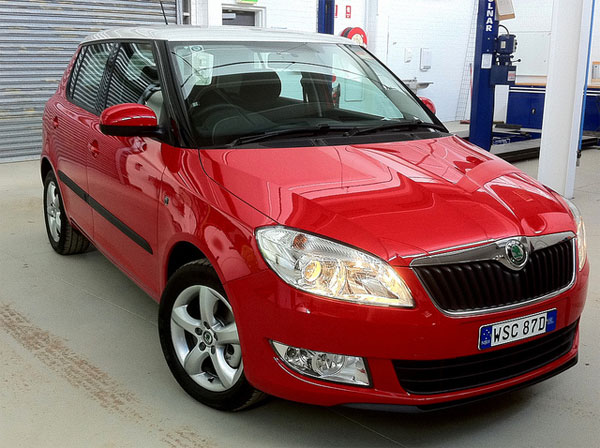There has been a lot of action in the early months of the 2017 Formula One season — has the action got you inspired to get behind the wheel and enjoy a few laps of a race circuit yourself?
If so, you will be pleased to hear there are many track day experiences available for you to book throughout the UK — as this calendar from TrackDays will highlight. This includes those which take place on famous circuits such as Brands Hatch, Donington Park and Silverstone.
To make sure that both you, the driver, and your car is ready for a track day, specialist car radiator supplier Advanced Radiators has put together this handy guide:

What do I, the driver, need to consider?
As you will be handling your car at high speeds throughout a track day experience, you will need to be sure you’re ready for the occasion — starting with your choice of clothes. Fire-retardant clothing made using natural fibres are recommended to ensure the highest level of protection. In fact, many circuits have policies in place that state that arms and legs must be covered while you’re on track.
Take care when choosing your shoes too. Closed toe footwear is the minimum requirement at most tracks, though you should also be sure to opt for a shoe, boot or trainer with thin soles and no overhang so that they achieve good pedal feel lap after lap.
Once you’re happy with your clothing, you will want to check your car insurance policy to determine if it covers you for a day on the track. Most don’t as standard but usually you can just add this on the day of the event for a small premium by contacting your provider. If this isn’t an option for you, seek out specific track day cover so that your no claims discount isn’t affected in the unfortunate event that you need to make a claim from your day out.
What to do to get a car ready
The best way to get your car prepared for a track day experience is to give it your own service. Start by looking at your car’s tyres by ensuring the pressure matches the manufacturer’s recommended levels. Tyre pressures can be a cause for debate when it comes to track days — run them too low and damage can be caused to the sidewalls (due to them flexing when putting them through sustained cornering), while too high a pressure runs the risk of increased wear. Bear these points in mind when deviating away from the manufacturer’s recommended levels.
Every one of your car’s tyres should be in a generally good condition. The tread depth should be considerably above the legal limit of 1.6mm across 75 per cent of the tyre to enhance grip; there shouldn’t be any dents or damage to the mounting surface, and no cords or belts should be visible.
Once all necessary checks have been performed on your car’s tyres, pop open the bonnet and look if all fluids have been topped-up to their maximum marks. Cornering force on a track can result in fluids building up on one side of the vehicle’s reservoir, causing the potential of fluid starvation.
Don’t forget to take a look at the safety equipment within your car too. Seatbelts must be in good condition with no tears or issues with them clipping into their holds, while you need to ensure there are no loose objects that could fly around and cause damage or injury once you’re at high speed. Problems can be avoided with loose objects by emptying your car as much as you can. Removing the spare wheel, jack, luggage and any rubbish from your car has the added benefit of making your car lighter too — you’ll be surprised how much this takes off your lap times.
Looking for another way to keep weight to a minimum? Filling your fuel levels to the amount needed to get your car through its track day instead of filling the tank to the brim is a great way to shed weight. Higher octane fuel is advised, as they tend to aid performance significantly more than the standard alternatives.













